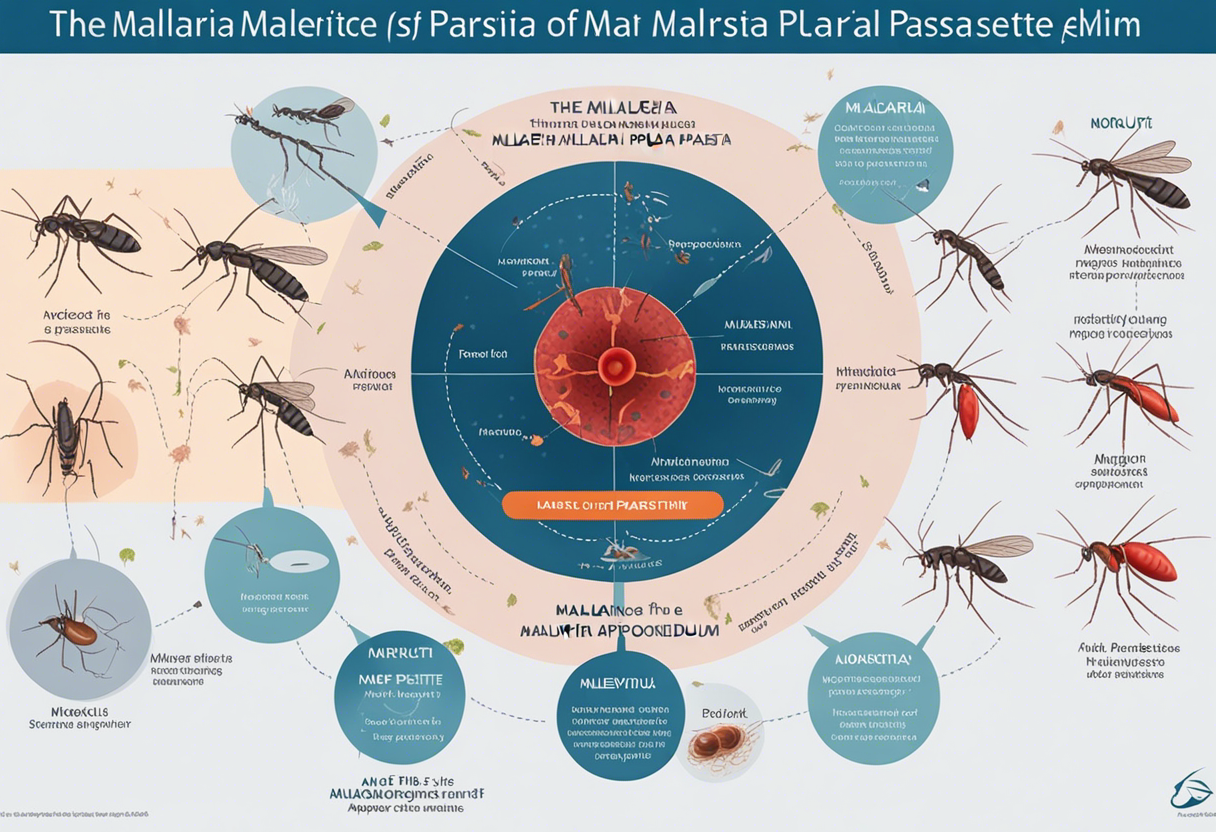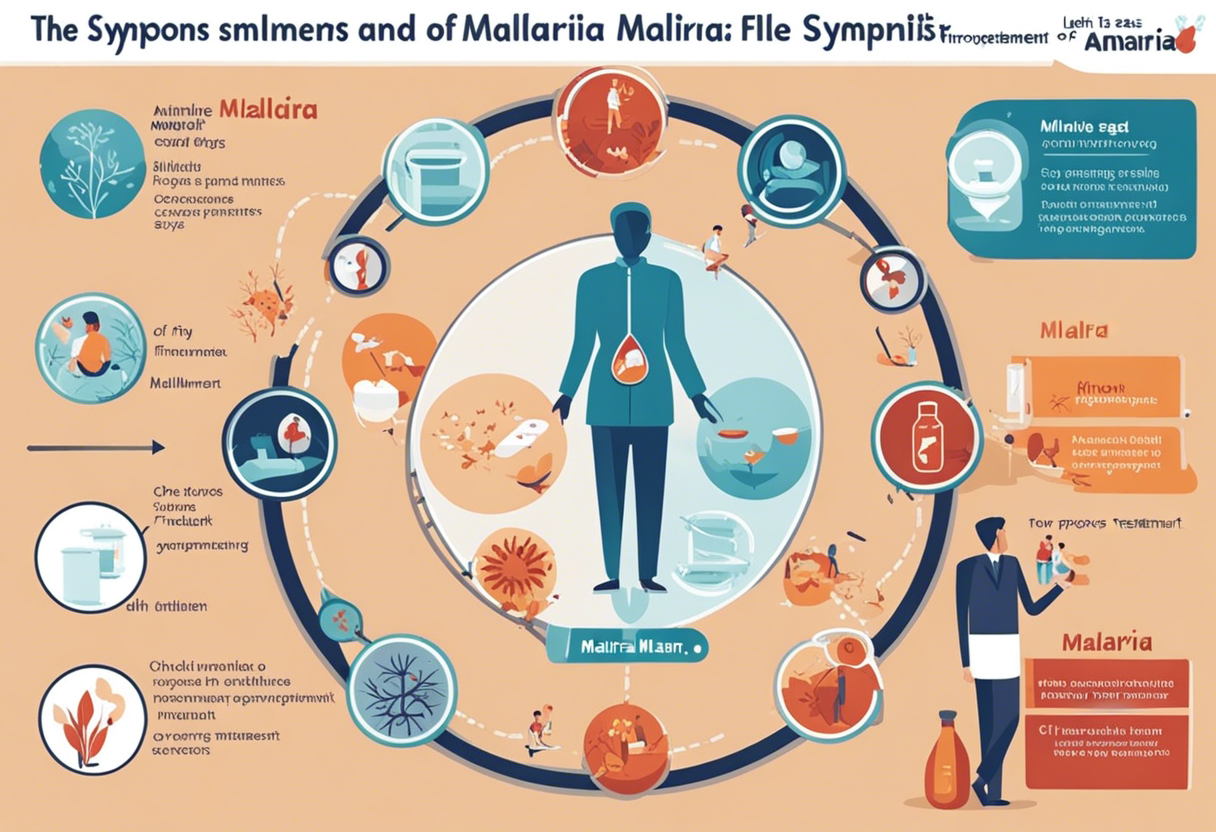Top Five Critical Aspects of Malaria Every Modern Human Must Acknowledge for a Healthier Tomorrow
As per the reports by the World Health Organization (WHO), in 2019 alone, malaria was estimated to cause around 229 million infections and approximately 409,000 deaths worldwide. Primarily affecting tropical and subtropical regions, it is a serious health concern that can disrupt the socioeconomic fabric of entire societies. The widespread nature of this disease makes it crucial for everyone to be aware of its impact and understand its complexities.
It's not just about avoiding a disease; it's about being an informed member of global society. By understanding the reach and impact of malaria, we can better appreciate the health challenges faced by millions of people every day. Increased awareness can spur action, fostering an environment of collective responsibility and empathy.
The lifecycle of the Malaria Parasite

The cause of malaria is the Plasmodium parasite, transferred to humans through the bite of an infected female Anopheles mosquito. Understanding the parasite's lifecycle is vital not just for doctors or researchers, but also for average individuals. It helps us appreciate the complexity of the disease and why it is so challenging to fight.
The four-stage lifecycle of the malaria parasite, involving both the mosquito and human hosts, is a testament to its resilience and adaptability. It’s this understanding that allows individuals and communities to implement effective ways of preventing and controlling the disease.
The Symptoms and Treatment of Malaria

Malaria often presents flu-like symptoms that make it easy to overlook. High fever, headaches, and chills are common. However, if left untreated, malaria can progress to severe illness, sometimes leading to death. Being able to recognize these symptoms, and promptly seeking professional healthcare, can be the difference between life and death.
Treatment typically involves antimalarial drugs, with the choice of drug depending upon the strain of malaria and individual health considerations. Early diagnosis and effective treatment remain the best means to prevent fatalities from this disease.